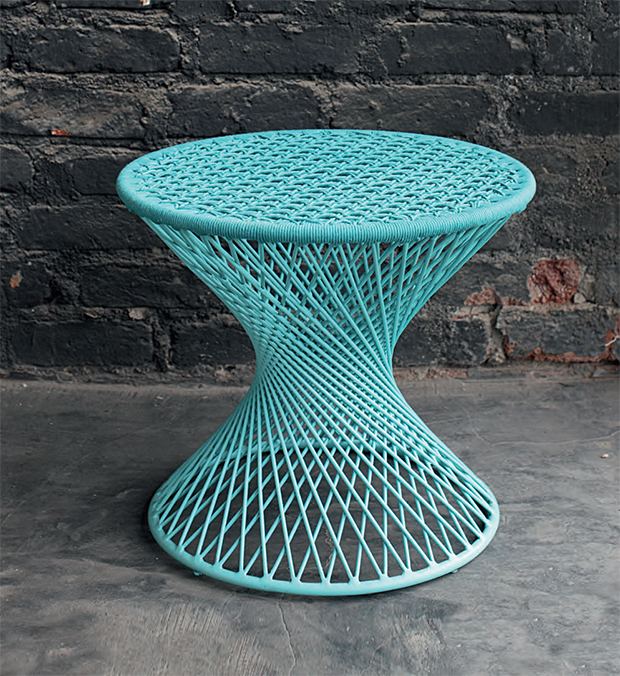
5 modern design updates of ancient Indian crafts
From Hermès water carriers to yoga-inspired tables, here's an Indian design update courtesy of our new book Sar
It was the cradle of bronze-age Indus Valley Civilisation, and is today home to the world's third-largest internet user base, and the world's second largest telecommunications network.
Small wonder, then, that the artisans, craftsmen and designers of India have found ingenious ways to incorporate Indian heritage into thoroughly contemporary product-design treatments. Here are just a few choice selections from our new book Sar: The Essence of Indian Design where vernacular tradition meets up-to-date design.
Damroo Stool (above) This contemporary stool is a delightful example of handcrafted tradition for the twenty-first century. Its shape is inspired by the damru — the double-headed hand drum — and the mooda stool. Handcrafted from a light mild steel with a hand woven top in either cotton, jute or plastic, the stool is part of the Damroo furniture series. Easy to move around, its use is integral to the Indian way of life of spontaneous gatherings, conversations and drinking chai. It is suited to seamless indoor and outdoor living, whether on verandahs, balconies, rooftops or in courtyards and within the home.
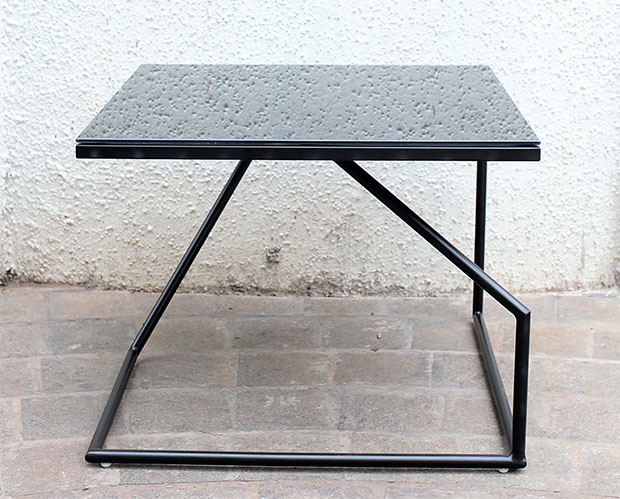
Asana (Warrior Pose) table Defining a certain modern Indian aesthetic while using traditional techniques and working with local craftsmen is the ethic of design company Bombay Atelier, set up in Mumbai in 2008 by Farzin Adenwalla. Originally from New Zealand but of Parsi descent, Adenwalla uses and refers to everyday busy cities like Mumbai in her minimalist designs. The Asana is made with black lacquered glass and a frame of mild steel that balances the materials. Referring directly to the influence of yoga in the West, this table is a conversation between Indian-made craftsmanship and what is popularly considered as Western modernism. Like the yoga Warrior Pose — or the Virabhadrasana — the legs of this table bend and stretch in contrasting directions while the glass on top signifies the centring core of the position.
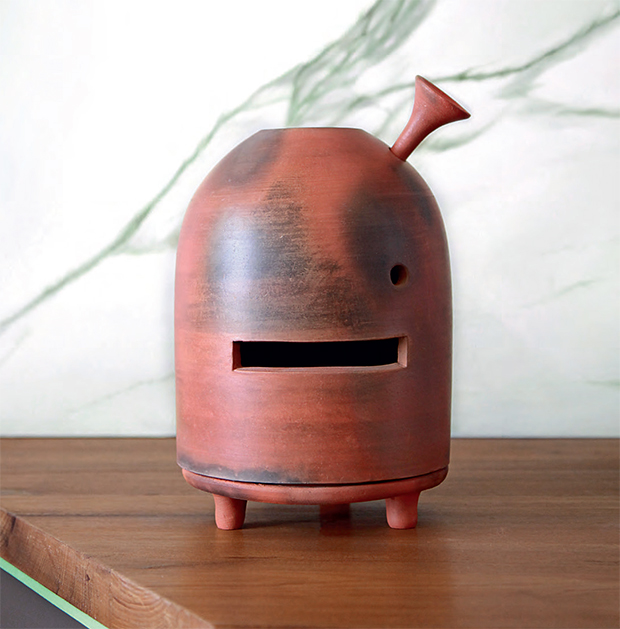
Spiro The Spiro terracotta speaker dock explores the idea of combining sustainable handcrafts and evolving technology. Designed by the artist duo Thukral and Tagra, Spiro is a tongue-in-cheek creation based on their own environment: the cyber-city hub of Gurgaon that adjoins New Delhi and is a techno city that has evolved in the midst of surrounding agricultural land and villages. Thukral and Tagra worked with traditional hand potters of the region to make this two-part speaker dock in which a wireless speaker fits onto a round base and is encased by a cylindrical dome-headed cover. Cut-outs in the cover allow the sound — which travels up from the base— to be transmitted. Spiro is a playful reflection on the times in which we live.
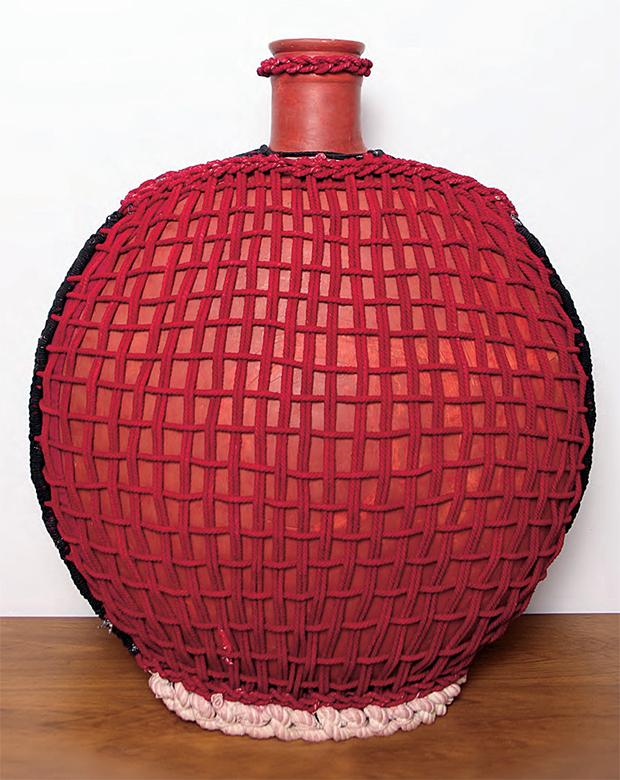
Bhadak The traditional bhadak has been used for centuries and was made by potters to carry water on the back of a camel in the arid desert region of Kutch in western Gujarat. Ropes made by weaving dried leaves were wound around the bhadak to make it easier to carry, as well as to prevent breakage. The bhadak, like most pottery in India, is made by men, while the preparation of clay and any decoration is done by women. This example (top) was part of the Ghadai project, a collaboration between Khamir, a native NGO, and the international luxury brand Hermès, which brought together Kutch kumhars (potters) to create new pieces for exhibiting in their store in Mumbai. Ghadai refers to the technique of pottery employed in the Kutch region and the project facilitated the research and revival of these traditional techniques. This bhadak reinterprets an ancient form into a larger-than-life size, with the rope produced in red.
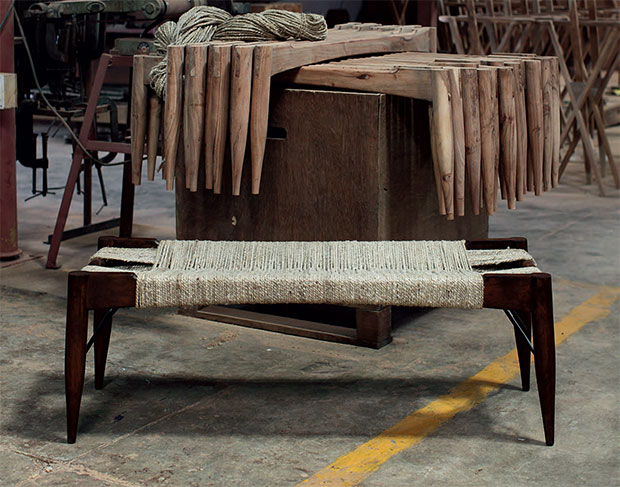
Wrap Bench Ayush Kasliwal’s Wrap Bench celebrates furniture with a minimal and sustainable footprint and is inspired by two indigenous designs of India - the charpai and the bullock cart - as well as modern Western design. The frame is made of acacia wood, over which unprocessed jute cord is wrapped to create the seating surface, similar to a charpai. Two small, cross-shaped metal braces support the two ends of the bench and provide additional strength, taking their cue from the bullock cart.
For more great design pictures and stories buy a copy of Sar: The Essence of Indian Design from the store now.